Vietnam's textile industry gradually regains competitiveness Textiles, renewable energy take the lead in circular economy |
Like other industries, Vietnam's textile and garment exports in the first months of 2024 were better than in 2023. However, the textile and garment industry has not really returned to its peak as in previous years.
Regarding the specific information about the recovery of textile and garment exports, Mr. Tran Nhu Tung, Vice President of the Vietnam Textile and Apparel Association (VITAS) - said: In the first quarter of 2024, textile and garment exports reached about 9.5 billion USD, an increase of 9.6% over the same period in 2023. This is a good sign because compared to last year, textile and garment enterprises have more orders.
|
Textile and garment exports in 2024 will recover more than last year |
However, businesses also face new challenges. That is, the price of orders has not increased while logistics costs, specifically sea freight costs, have increased continuously in recent times. This has led to customers asking Vietnamese businesses to share part of the shipping costs, significantly affecting the profits of businesses.
Mr. Tran Nhu Tung added that Vietnam's textile and garment exports are currently in the top 3 in the world, after China and Bangladesh, but we are facing enormous competitive pressure.
As for Bangladesh, they are currently ranked 2nd in the world. Their advantage is labor and Bangladesh's tax policies are also favorable for textile businesses.
And the first place is China. Every year this country exports around 300 billion USD (8 times more than Vietnam when we only export around 40.3 billion USD).
“We cannot compete with Bangladeshi businesses because the labor costs in this country are currently lower than in Vietnam. However, Vietnam is not looking at Bangladesh but at China to strive for,” said Mr. Tung.
To increase the competitiveness of Vietnamese textile products as well as increase exports, Mr. Tung said that the only way is to create higher value for the products. To do that, Vietnamese enterprises cannot make products that other countries can make. For example, Bangladesh is making simple products because their labor costs are low and Vietnam should not compete in this way. The way we do is to increase the value of products through investment in machinery, equipment, people and raw materials.
One point to note, according to Mr. Tung, is the trend of greening textile products. Accordingly, currently in many markets, especially the European and Japanese markets, new requirements have been set for textile products - that is, green standards. "How to have green products? This means that factories must meet ESG standards, use solar power, reduce wastewater and achieve carbon certifications..." - Mr. Tung said and affirmed: The textile industry is under double pressure due to increasing costs, customers demanding greener - cleaner products but prices are not allowed to increase.
However, this is a global “rule of the game” and businesses have no choice but to change themselves to adapt to new requirements. “Since it is a global game, businesses must invest in solar energy, reduce costs of wastewater treatment systems for textile dyeing, and use recycled and recyclable materials to have the opportunity to export to markets, specifically Europe,” Mr. Tung shared.
In the general trend, Vietnamese textile and garment enterprises are gradually adapting, but to enter the big playground, they need support from the Government, especially financial institutions. In fact, although enterprises are aware that they should make green products, due to low profit margins, investing in new technology is still difficult. To support enterprises, in terms of finance, VITAS believes that there should be a green credit package for green investment enterprises. In addition, the tax sector also needs to have a policy to reduce income tax for green investment enterprises so that they feel motivated and continue to do better.
Source


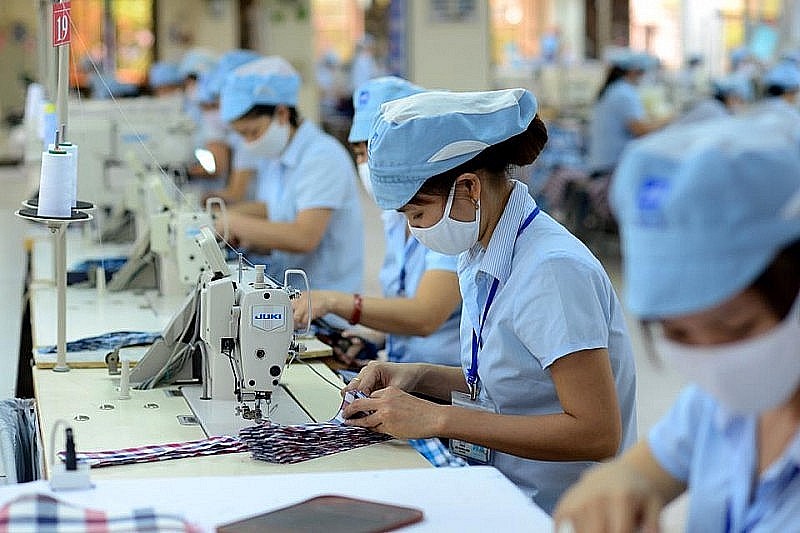
![[Photo] Prime Minister Pham Minh Chinh chairs meeting to discuss tax solutions for Vietnam's import and export goods](https://vstatic.vietnam.vn/vietnam/resource/IMAGE/2025/4/10/19b9ed81ca2940b79fb8a0b9ccef539a)

![[Photo] Phuc Tho mulberry season – Sweet fruit from green agriculture](https://vstatic.vietnam.vn/vietnam/resource/IMAGE/2025/4/10/1710a51d63c84a5a92de1b9b4caaf3e5)



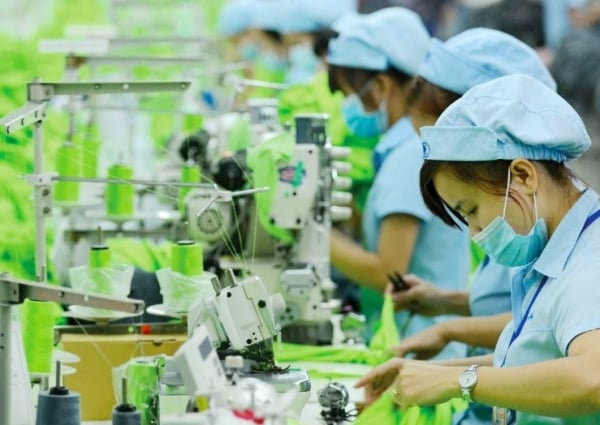


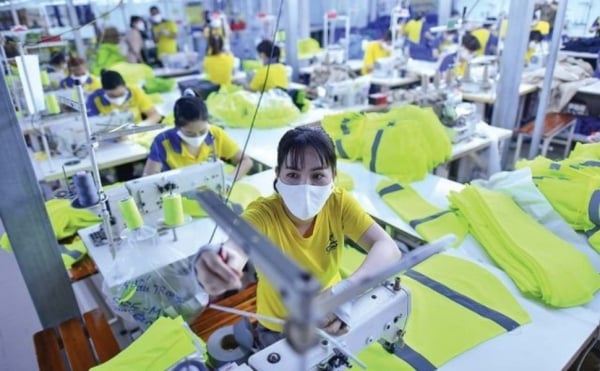
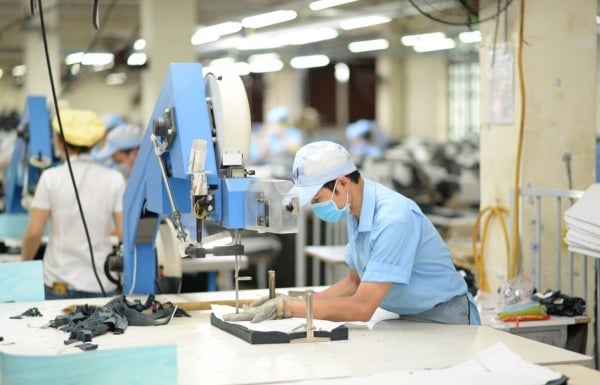
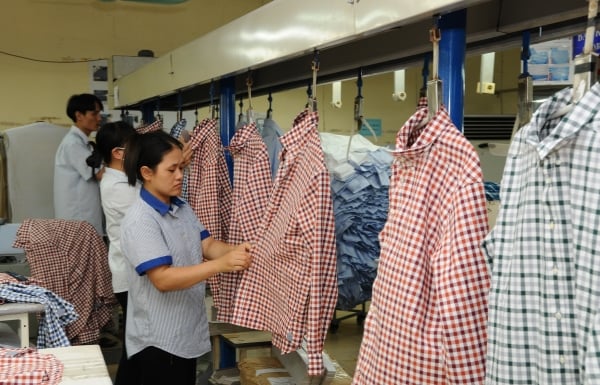
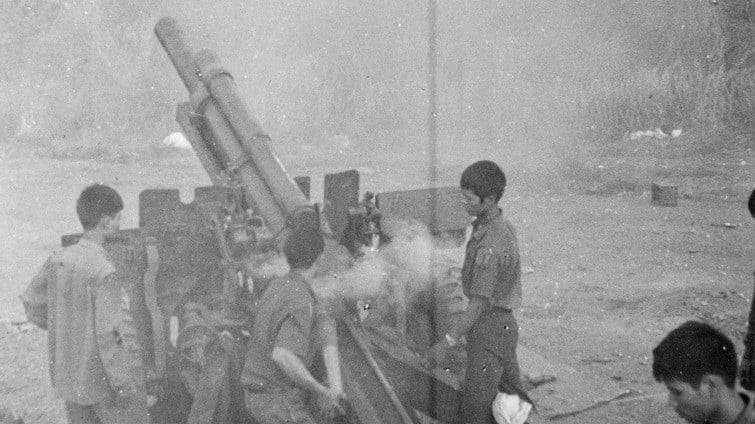


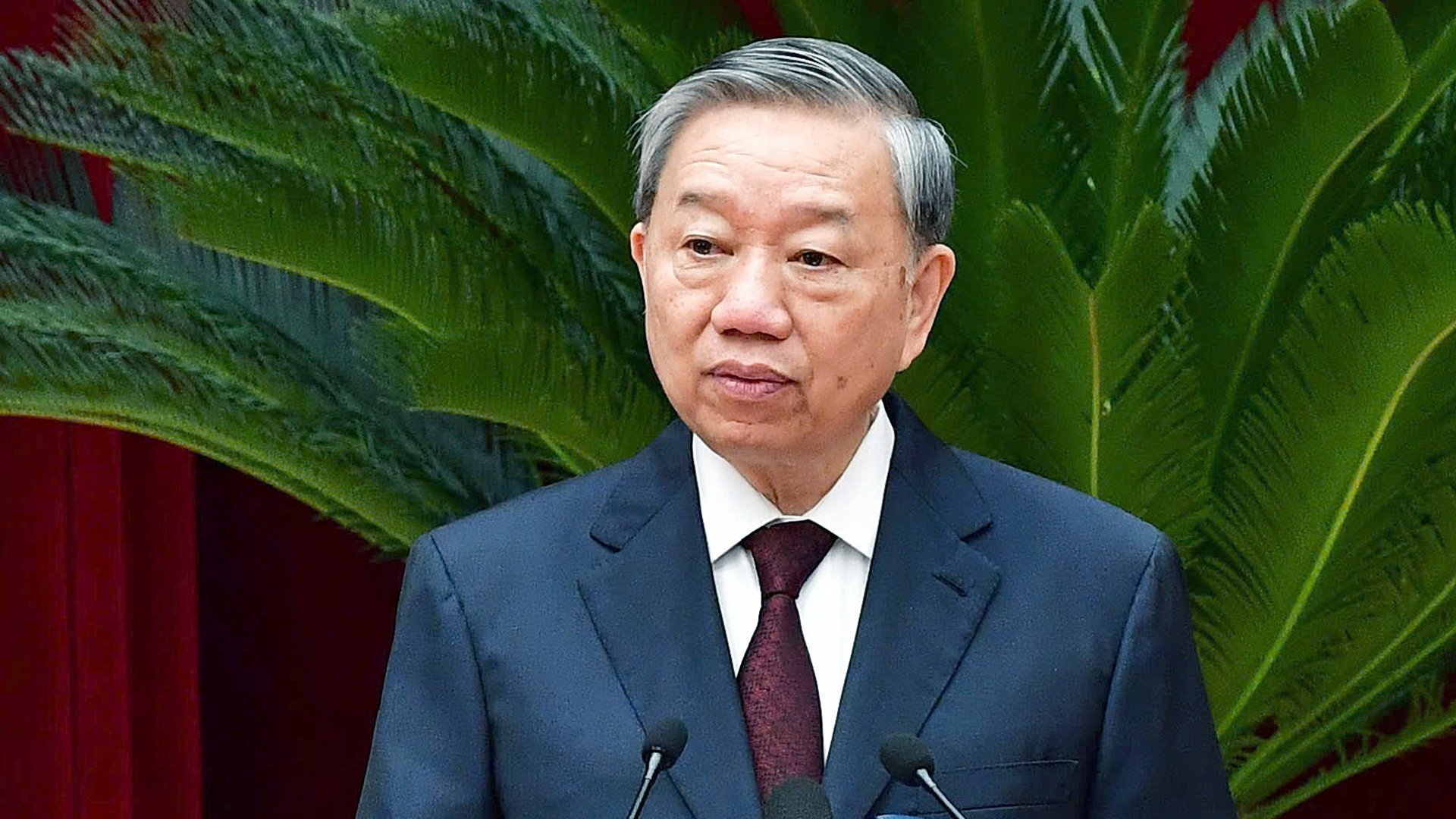
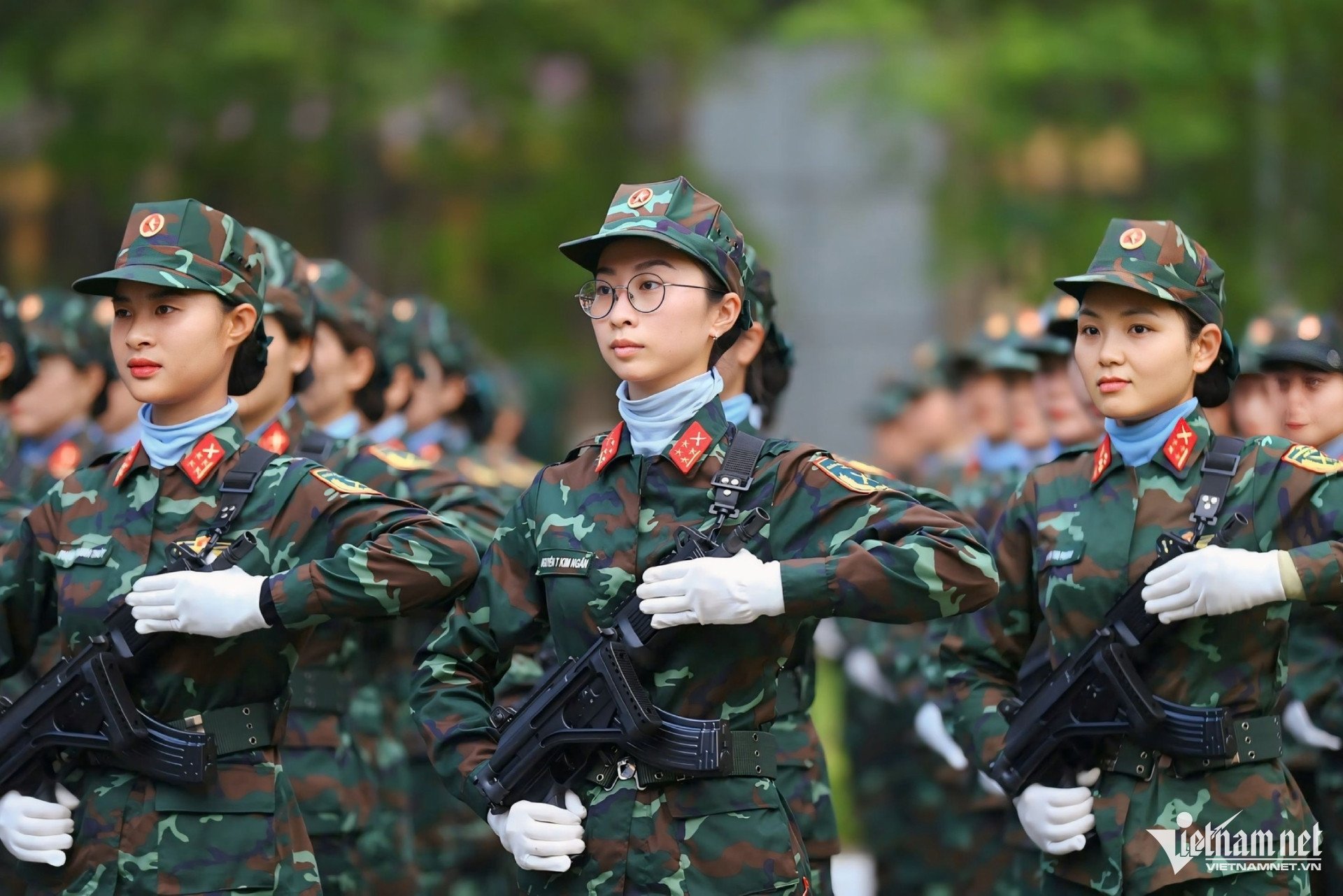
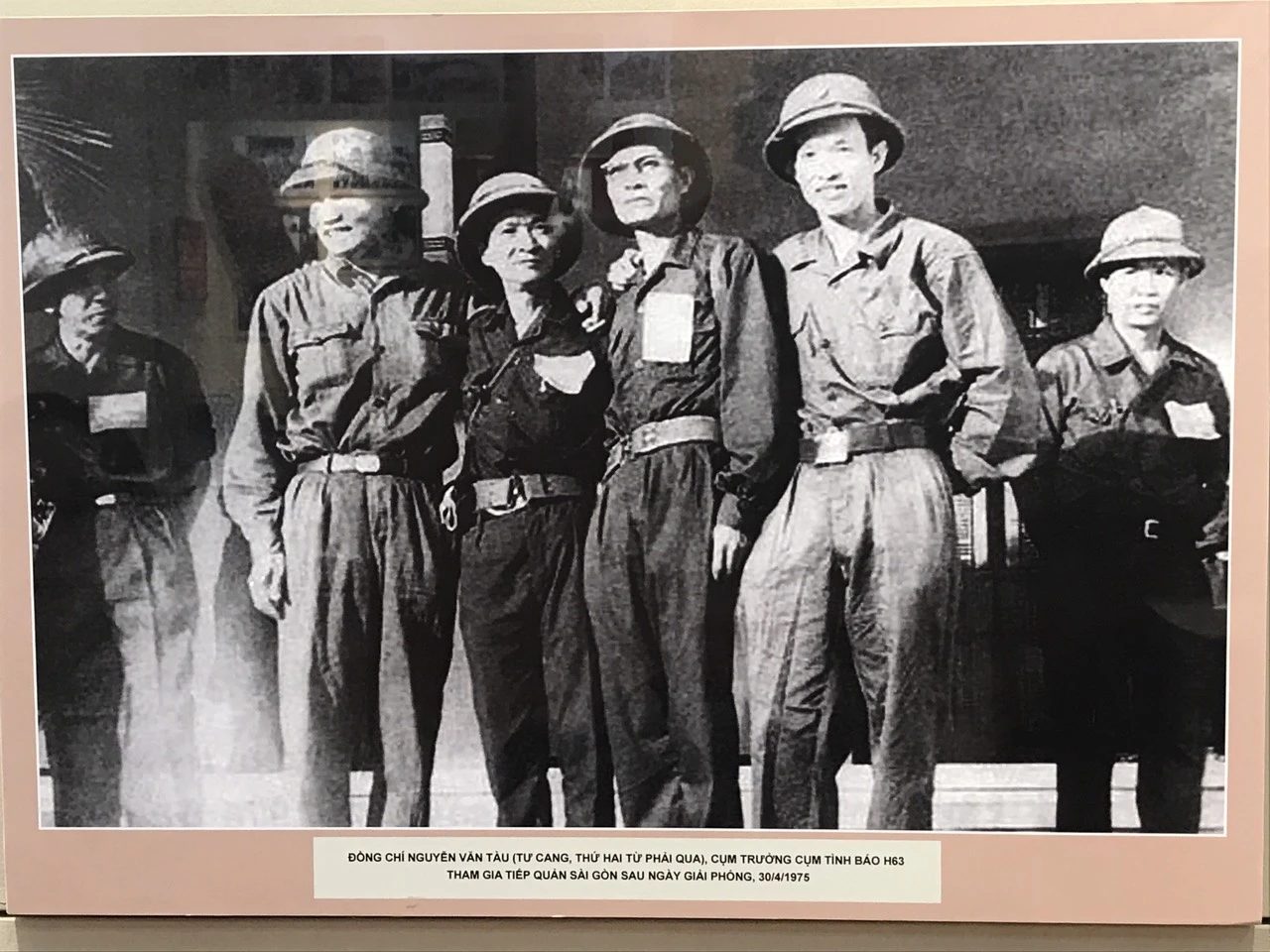




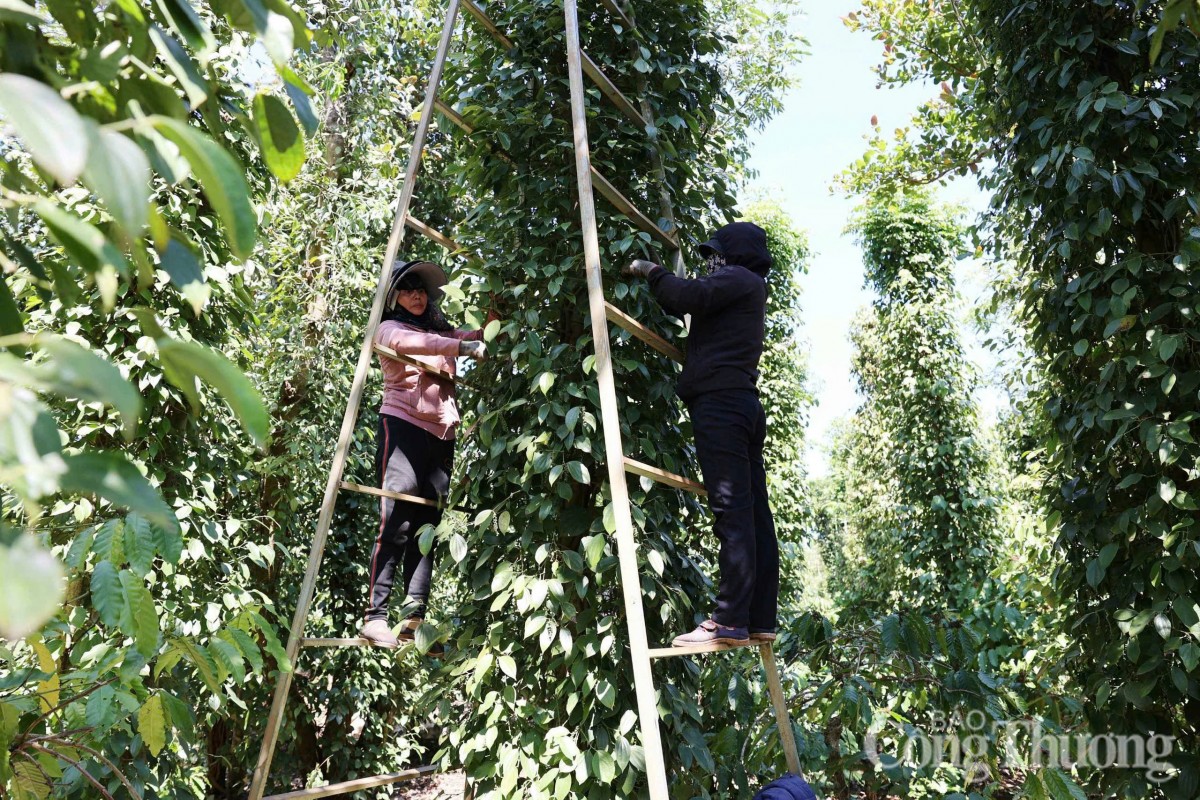

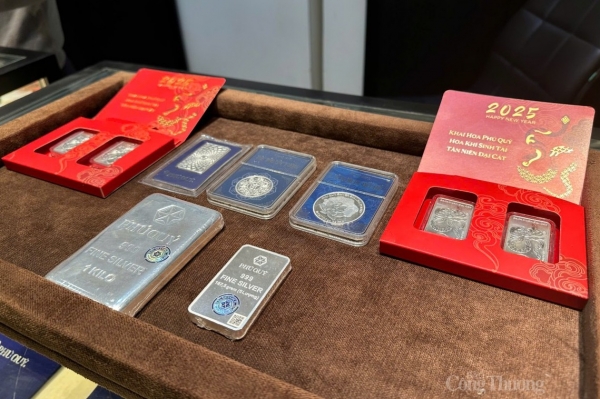
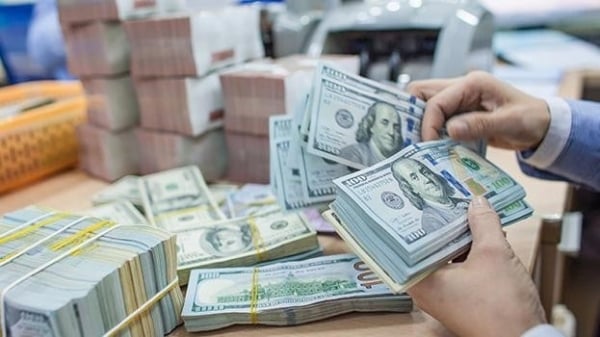
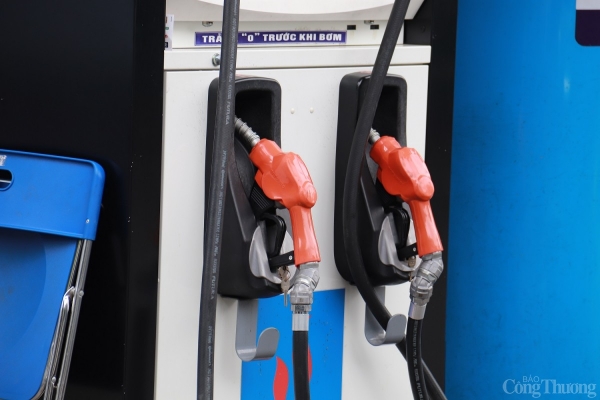
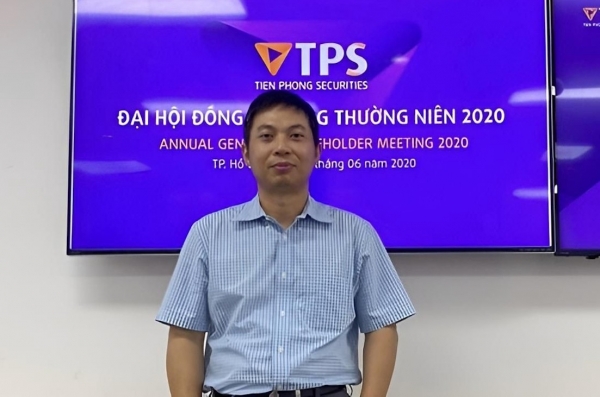
![[Photo] Unique folk games at Chuong Village Festival](https://vstatic.vietnam.vn/vietnam/resource/IMAGE/2025/4/10/cff805a06fdd443b9474c017f98075a4)







































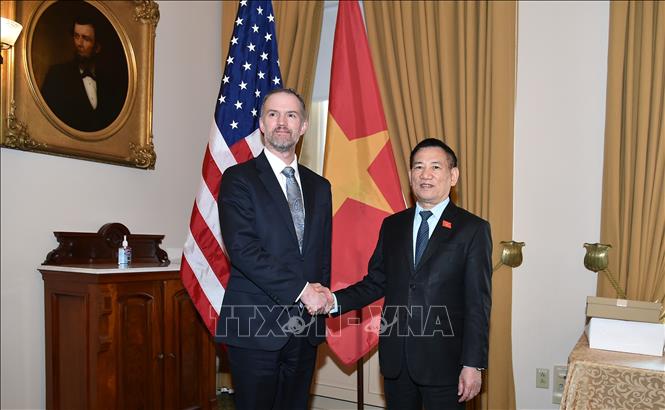


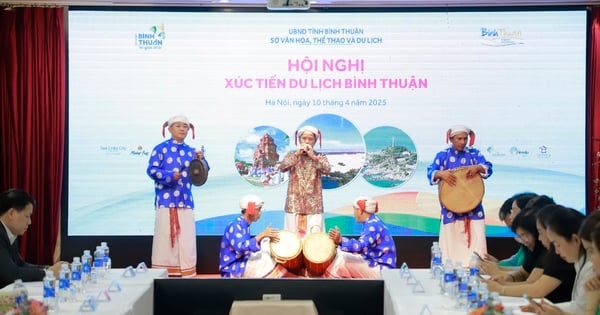







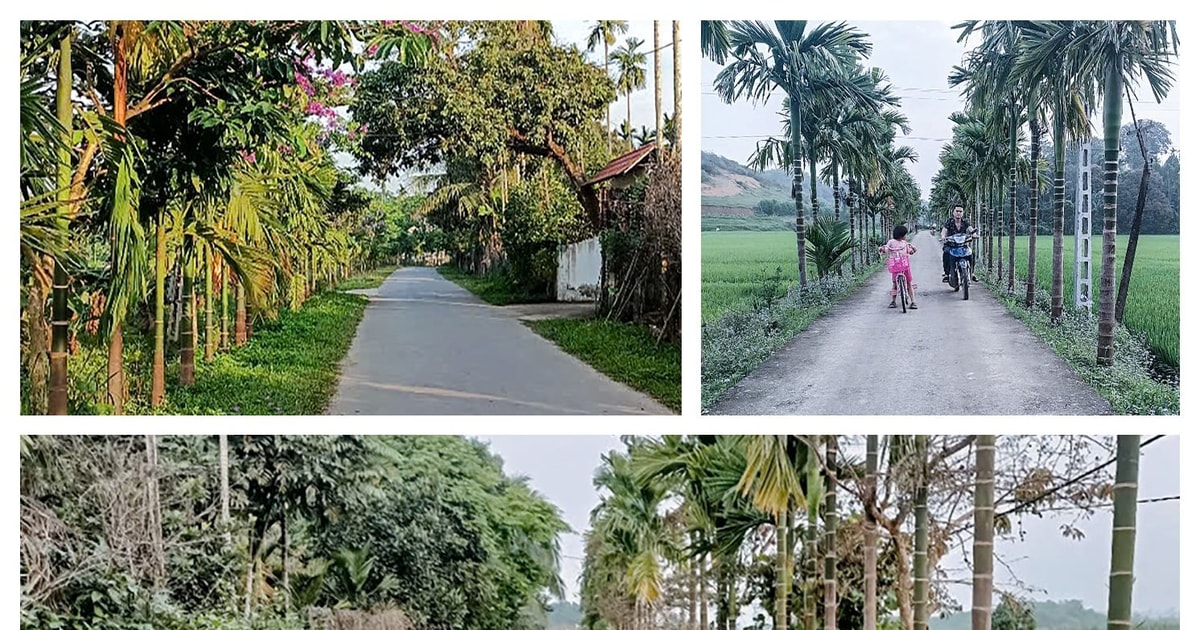



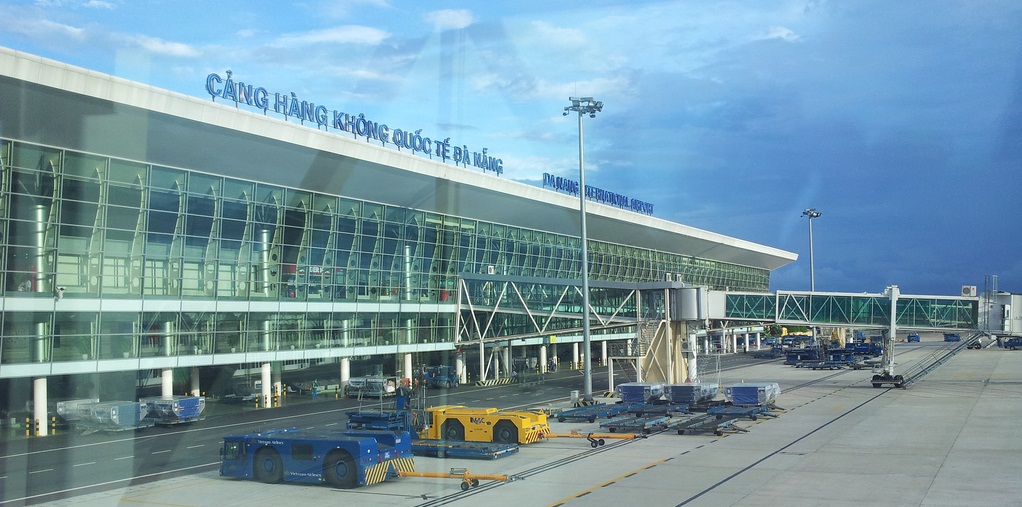
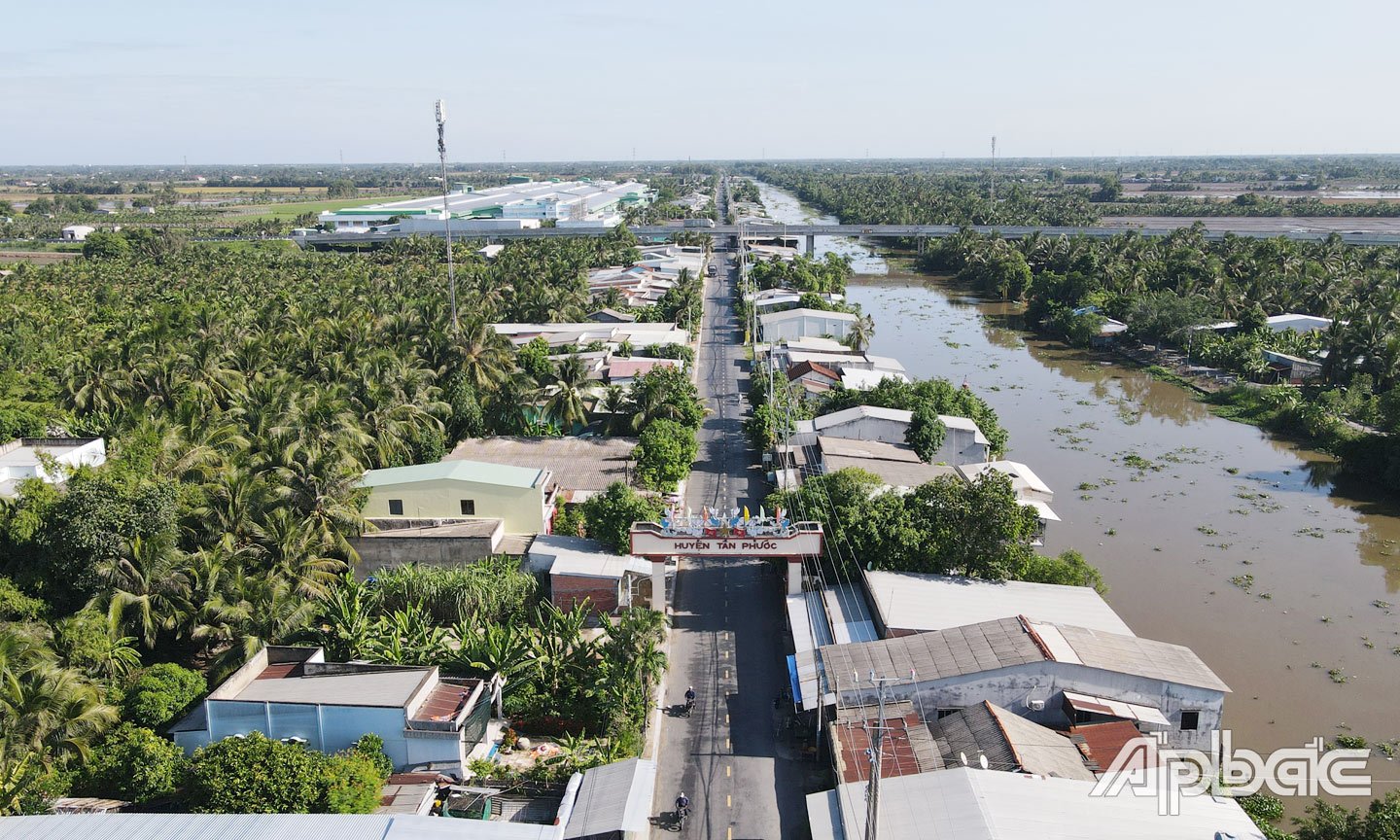











Comment (0)